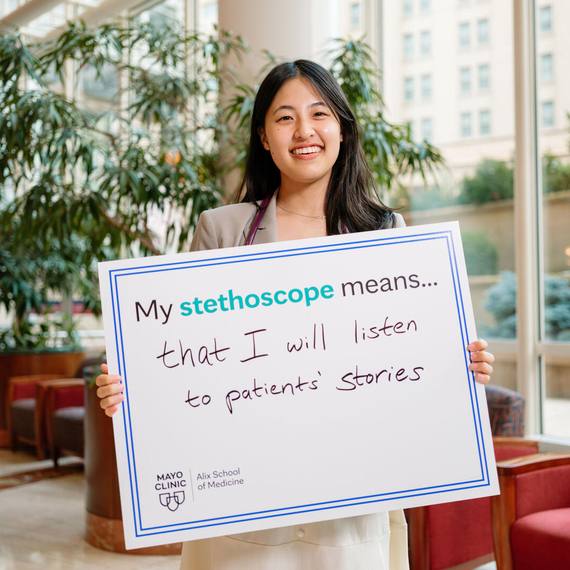-
Arizona
Mayo Clinic Offers New Intense Pulsed Light Therapy for Chronic Dry Eye
SCOTTSDALE, Ariz. – Intense Pulsed Light therapy (IPL) is being used at Mayo Clinic in Arizona to treat chronic dry eye, a condition affecting millions of people in the U.S., particularly those in the desert Southwest.
Video Alert::To view a video of Dr. Patel discussing the IPL therapy, visit the <ahref="https://newsnetwork.mayoclinic.org/">Mayo Clinic News Network
The standard treatment for chronic dry eye includes medications, daily eye drops and ointments to nourish the surface of the eye. In some cases, patients have been prescribed omega 3 fatty acid supplements and topical steroids. Left untreated, chronic dry eye can lead to impaired vision or scarring of the eye.
The IPL treatment targets patients who have evaporative dry eye, a subset of chronic dry eye. The condition results from ocular rosacea, inflammation of the eyelid skin, which causes the meibomian glands in the eyelids to fail to produce enough natural oil to slow the evaporation of tears. When that happens, patients experience a burning or gritty sensation, blurry vision and redness of the eyes.
The treatment provides relief for patients who have exhausted or failed to tolerate other treatment options such as drops, compresses or doxycycline pills.
IPL uses bursts of light directed at the lower eyelids and upper cheek areas that heat the eyelid glands that are blocked with stagnant secretions. The physician is then able to manually express the stagnant material from the eyelids.
Most patients require four monthly treatments to see full results, but many notice some transient improvement after a single treatment. For patients severely affected with evaporative dry eye, maintenance treatments are recommended every three to six months.
There are 30 centers around the U.S. offering this treatment, and now it is one of several in the arsenal of treatments for chronic dry eye at Mayo Clinic in Arizona.
Joanne Shen, M.D., and Dave Patel, M.D., Ophthalmology, who are fellowship-trained in ocular surface disease, treat patients with moderate to advanced dry eye.
Another treatment for dry eye at Mayo Clinic is LipiFlow. This system can evaluate the oil tear film thickness on the surface of the eye. If the patient is eligible, depending on the number of blocked meibomian glands, the LipiFlow treatment is used. Drs. Shen and Patel reserve this treatment for less inflamed dry eye patients.
In this treatment, a single-use eyepiece is placed over the eye that provides a controlled application of warmth and massage to the lids. Following the 12-minute massaging, the blocked oil glands are emptied, allowing for production of healthy oils that are critical for a healthy tear film.
"Patients with chronic dry eye experience more than inconvenience," says Dr. Shen. "The condition can impact their field of vision, can cause pain and can significantly impact their quality of life.
Causes of dry eye include side effects from medication, age, climate and excessive eye strain due to staring at a computer for long periods of time.
Some 5 million Americans are estimated to have chronic dry eye, and many others have been suffering but have not yet been diagnosed.







